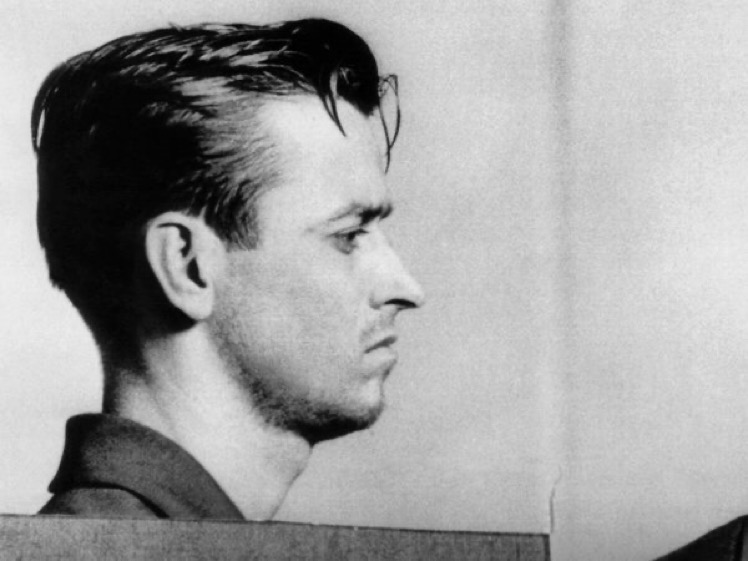James Earl Ray's Arrest Memo Reveals Sophisticated Escape, International Aid, and the Shadow of Raoul
A newly declassified DOJ memo from July 1968 reveals that James Earl Ray, the convicted assassin of Dr. Martin Luther King Jr., was no disorganized fugitive but a calculated, elusive operator traveling through Europe with forged IDs, multiple passports, and a carefully constructed alias network.
 |
| Image Source: FXMC1957 |
The revelations from Ray’s first interrogation in London suggest the assassination may have been just the beginning of a broader, concealed conspiracy.
The memo details Ray’s arrest at Heathrow Airport as he attempted to flee to Brussels. He was carrying a Canadian passport under the name “George Sneyd” and traveling with forged documents—obtained weeks after King’s murder.
This implies that someone helped him cross borders, establish cover, and finance a transatlantic escape.
Ray admitted using multiple names and claimed his real identity was “Eric Galt”—another alias tied to his passport history.
Most crucially, he repeated a name that has haunted the investigation for decades: “Raoul”—a man he said coordinated payments, arranged travel, and “gave him one last task.”
But Ray stopped short of naming Raoul’s real identity, offering instead hints and guarded admissions.
DOJ officials recorded Ray’s behavior as “cooperative but calculating,” noting his awareness of legal strategy and refusal to sign statements.
He invoked his rights and requested counsel but held back full confession.
His travel across Toronto, Lisbon, London, and into Brussels was highly structured, matching intelligence-style evasion patterns, not those of a spontaneous killer.
Despite overwhelming circumstantial evidence tying Ray to the murder weapon and the Memphis crime scene, the memo’s insights open new doubt: Was Ray merely the triggerman for a deeper operation? One planned with support, logistics, and a mission beyond the man.
The memo ends with a chilling recommendation: “Continue psychological observation… danger of wider implications remains.”
